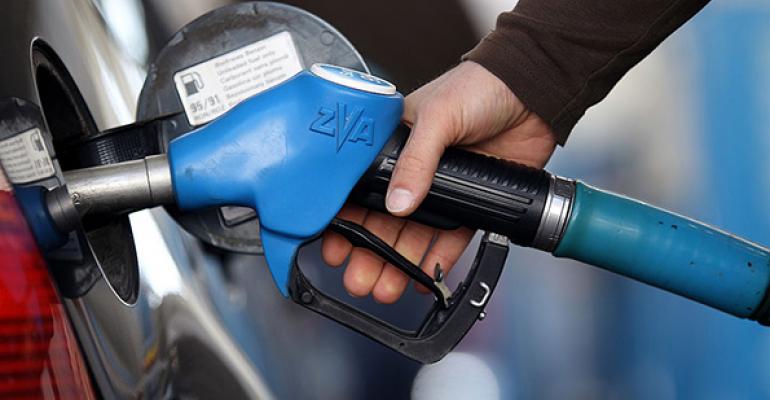The retail price of gasoline is one of the most obvious costs that consumers see every day. The question for many restaurant owners is: If gas prices start rising, will it hurt consumer confidence, and, in turn, my business?
One thing is clear: From our work with the restaurant industry, we’ve seen that the negative impact of higher gas prices on restaurants tends to be stronger than the positive impact when gas prices are low.
When gas prices are lower, instead of thinking they have more money to spend, consumers tend to simply put that cost out of their minds. On the other hand, when gas prices are higher and cutting into consumers’ income, it can become a more pressing issue for them.
So, certainly, if gas prices rise, it could be a concern for restaurant owners. Here are five points to consider as you watch these prices:

1. If gas prices go up, it will hurt quick-service restaurants the most, and in particular those located by major highways. Of course, the reverse is also true: When gas prices drop, quick-service restaurants see the most benefit.
2. Although consumers aren’t focused on gas prices now, it’s important to be ready if prices rise and traffic starts to slip. Understanding all your costs, and how you can adjust menu prices in a thoughtful way, is critical to being ready to take action if needed.
3. Gas prices don’t have much of an impact on fine-dining establishments for several reasons. Regular customers in that niche have more disposable income, and for others, the decision to go to such an establishment is associated with a special celebration or event.
4. If a chain’s restaurants are in locations that are walkable or close to large residential areas, that presents a distinct advantage if gas prices rise.
5. If you run a quick-service restaurant in a location that requires significant driving to reach, higher gas prices may have more of a negative impact since your customers may not have the financial resources to drive very far. In this case, get ready now so you can act quickly as prices rise.
Sebastián Fernández, chief research officer of Revenue Management Solutions, supports all divisions of RMS as an expert in statistical and data analytic techniques. RMS is one of the world’s foremost authorities on menu pricing and restaurant management.

